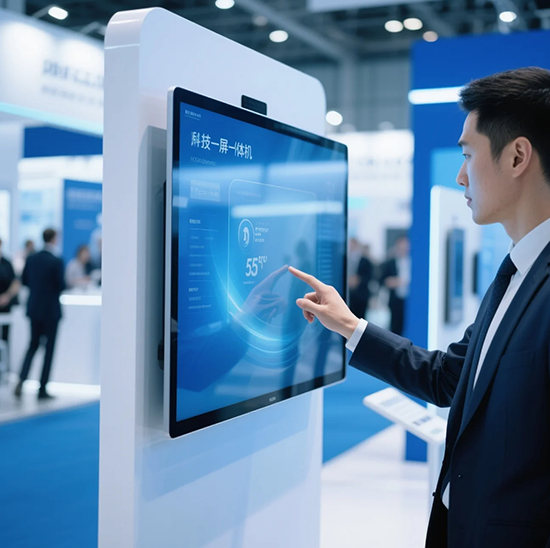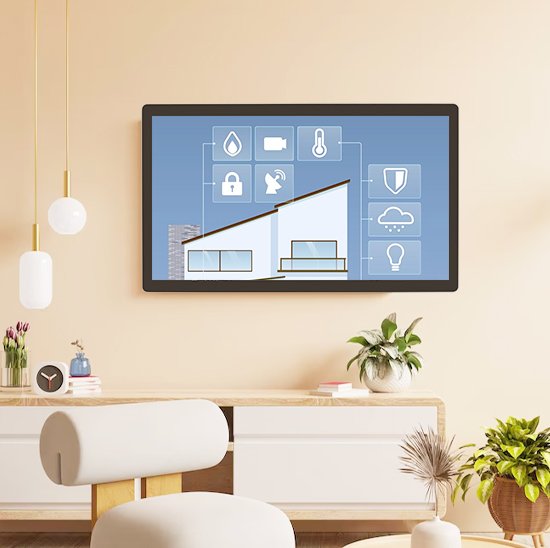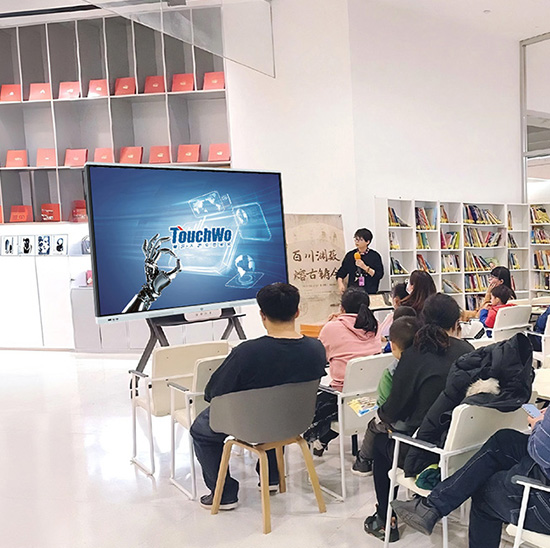In the tide of intelligent manufacturing and Industry 4.0, industrial touch displays are becoming a bridge connecting people and machines, the physical world and the digital world. Its intuitive operation interface, rich information display, and highly integrated control system not only simplify the operation process, but also improve industrial efficiency and achieve efficient human-computer interaction. This article will explore how industrial Capacitive Touch Monitor can achieve this goal, revealing the technology and innovation behind them in BBC’s consistent objective and neutral style.

Intuitive operation, simplified process
Traditional industrial control interfaces often rely on complex buttons, knobs, and indicator lights, which not only increases operational difficulty but also limits the improvement of production efficiency. Industrial touch displays, on the other hand, simplify complex operating interfaces into intuitive and easy-to-use graphical interfaces by integrating touch screen technology. Users can complete a series of operations such as parameter setting, fault diagnosis, and data monitoring with just a gentle touch. This revolutionary interaction method not only lowers the operating threshold, but also greatly improves work efficiency, making every step of the production line operation more precise and efficient.
Intelligent integration enhances efficiency
With the deep integration of cutting-edge technologies such as the Internet of Things (IoT), cloud computing, and big data analysis, industrial Capacitive Touch Monitor are no longer just simple display and operation tools, but have become the information hub of smart factories. It can collect, process, and display production data in real-time, helping enterprises achieve visual management and intelligent decision-making in the production process. Whether it is real-time monitoring on the production line or remote fault diagnosis, industrial touch displays can provide strong support, helping enterprises build more efficient and flexible smart factories.
Durable design to meet challenges
The complex and ever-changing industrial environment places extremely high demands on the durability and stability of equipment. Industrial Capacitive Touch Monitor use special materials and reinforced designs, which can effectively resist harsh conditions such as dust, water vapor, vibration, and extreme temperatures. Whether it is a high-temperature smelting workshop or a humid chemical environment, it can ensure the continuous operation of the production line with excellent durability and reduce downtime caused by equipment failures. In addition, its powerful protection level (such as IP65/IP67) and high brightness display technology enable clear display even in strong light environments, further ensuring the continuity and stability of production.
Customized services to meet needs
The demand for industrial touch displays varies across different industries and application scenarios. Therefore, providing customized solutions has become an important trend in the development of the industry. From screen size, resolution, touch mode to software interface design, and even integration of special functions, manufacturers can deeply customize according to customers’ actual needs. This high degree of flexibility and personalized service not only meets the diversified needs of the market, but also promotes the continuous innovation and upgrading of industrial equipment.
Future prospects: Intelligence and networking
With the continuous maturity of 5G, artificial intelligence, edge computing and other technologies, the future of industrial Capacitive Touch Monitor is full of infinite possibilities. It will not only be an interactive interface, but also a bridge connecting the physical world and the digital world, promoting the comprehensive implementation of Industry 4.0. Future industrial touch displays will become more intelligent and networked, better supporting advanced functions such as predictive maintenance and adaptive production, bringing unprecedented changes and opportunities to the industrial sector.
In summary, industrial touch displays, with their intuitive operation, intelligent integration capabilities, durable design, and customized services, have achieved efficient human-computer interaction and promoted the intelligence and efficiency of industrial production. In the context of intelligent manufacturing and Industry 4.0, it is becoming a key force driving industrial upgrading.



